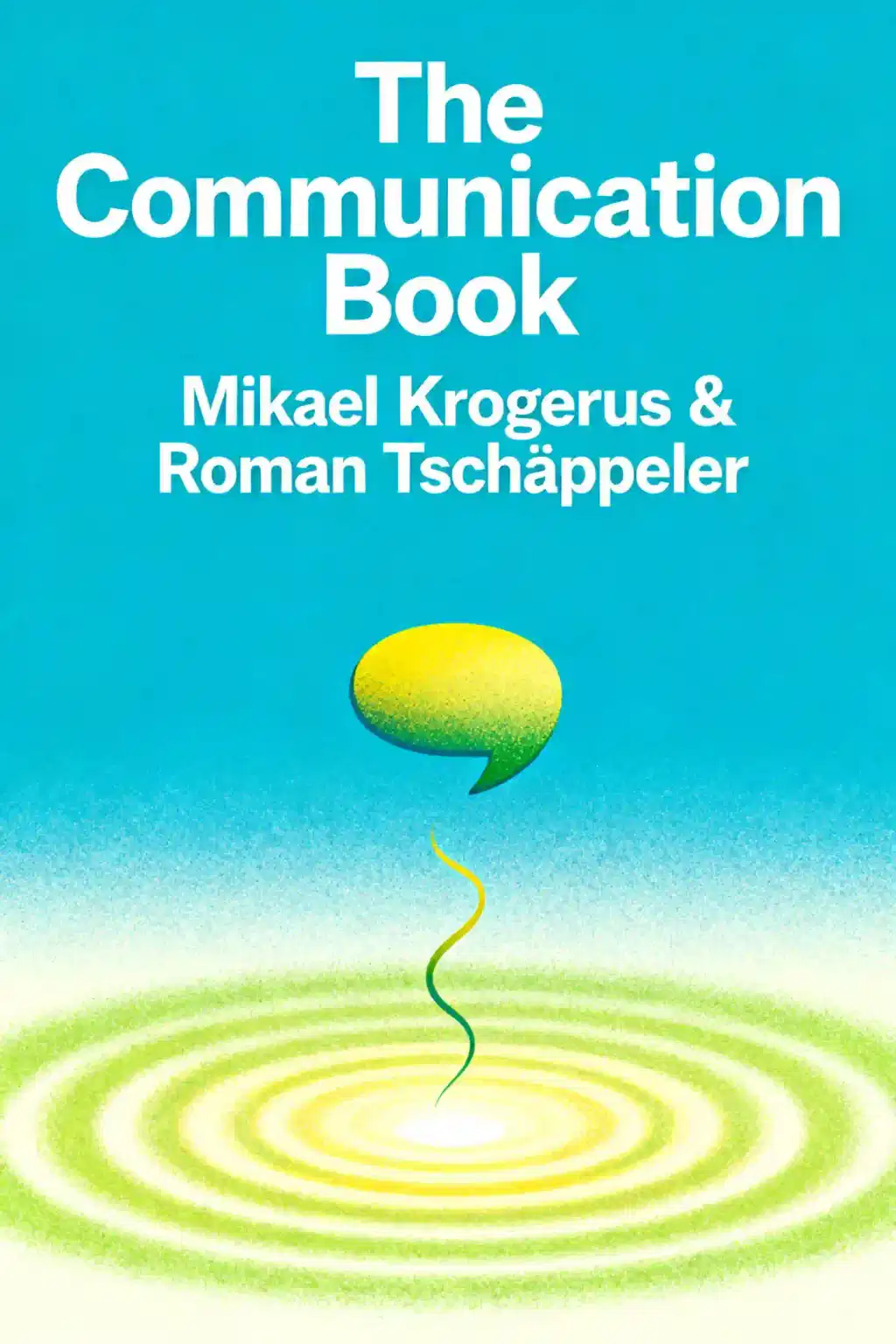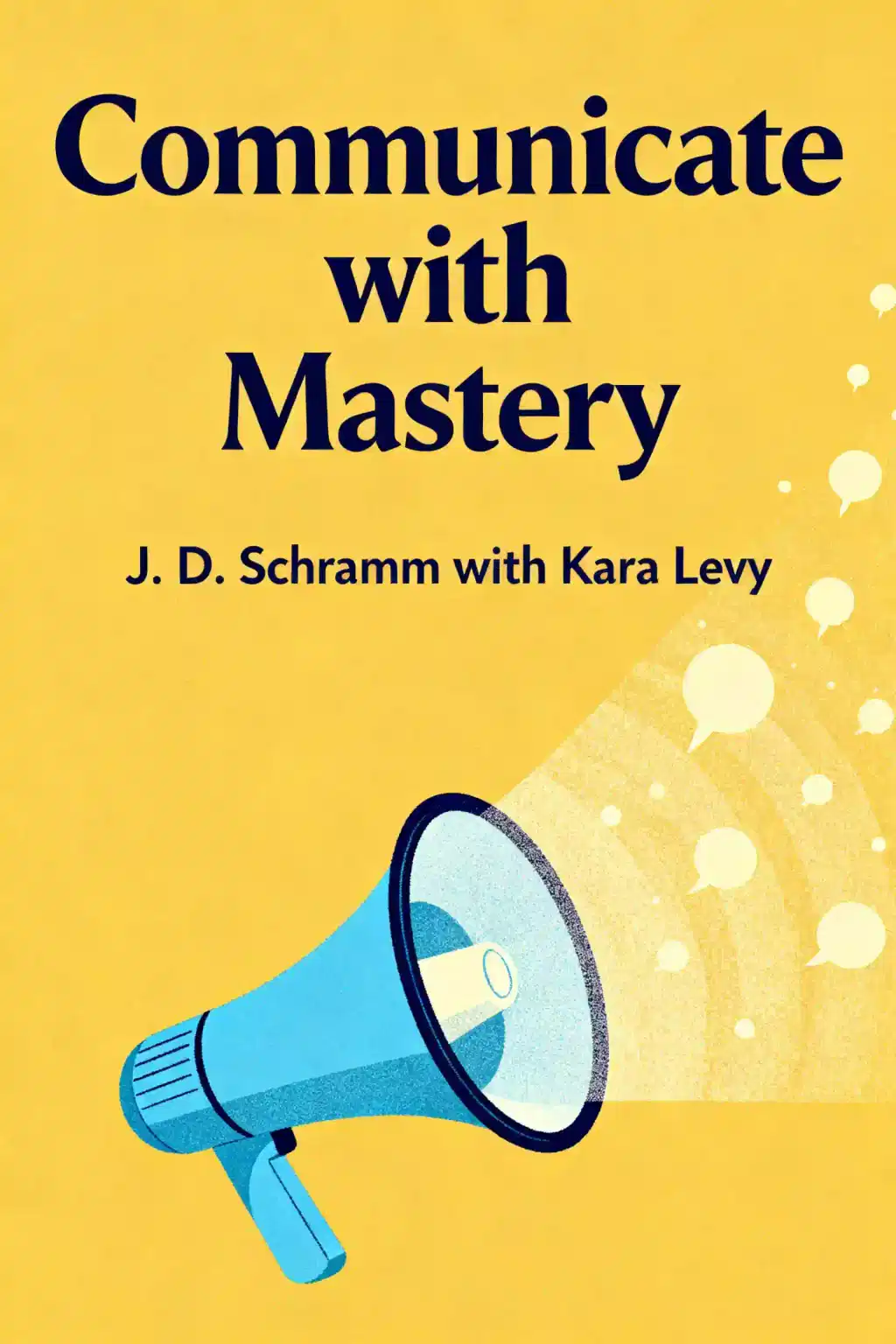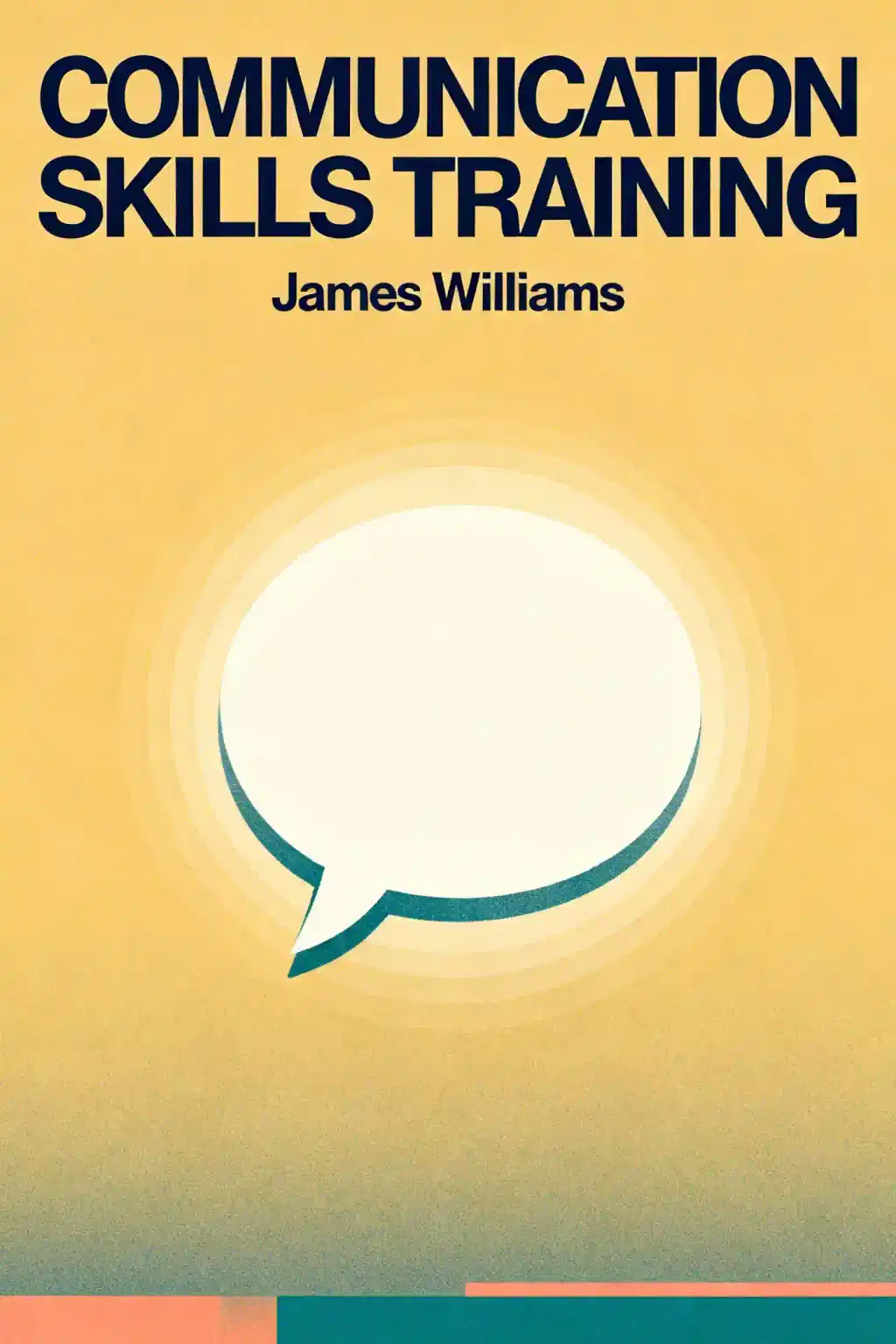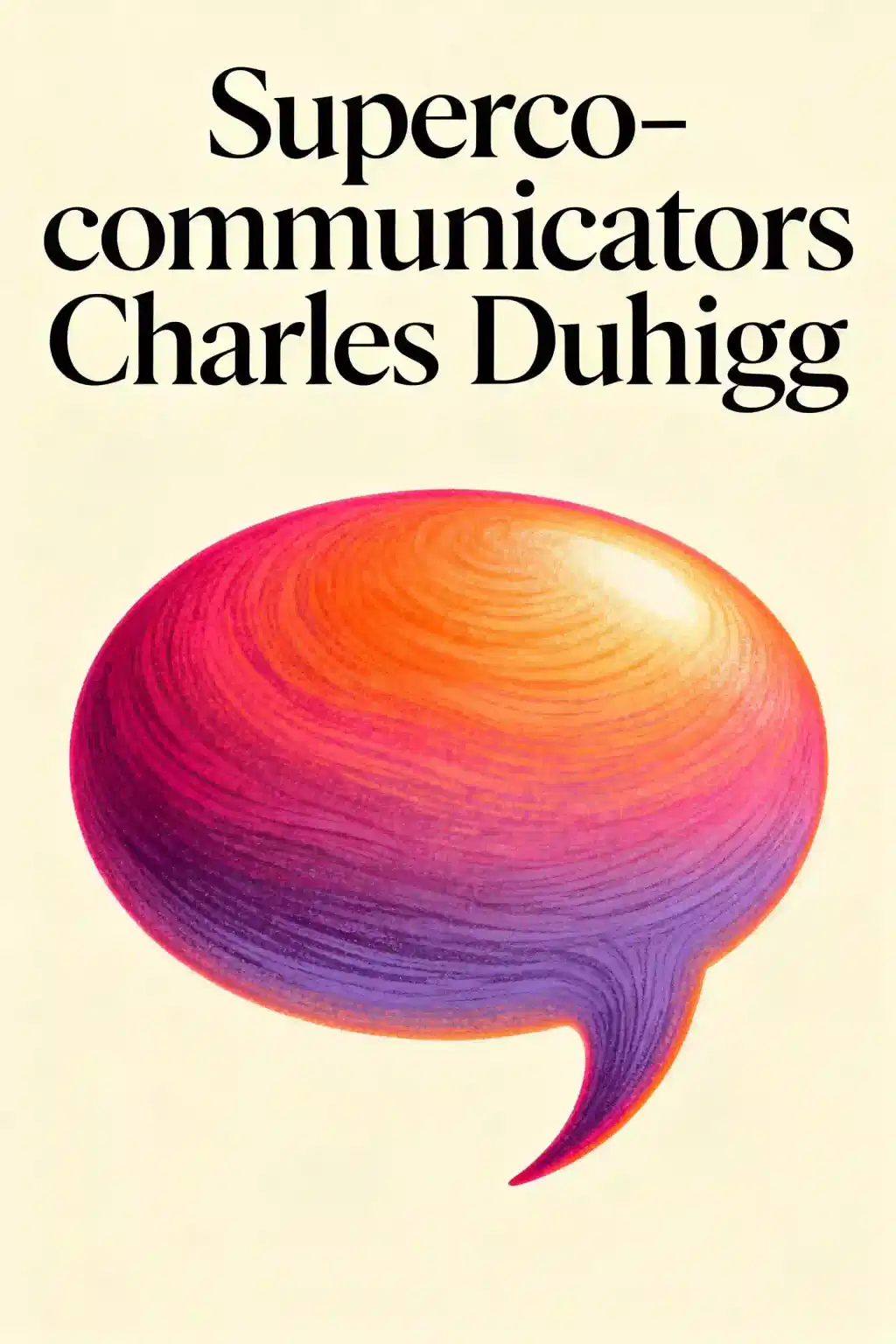What is
The Communication Code by Jeremie Kubicek about?
The Communication Code provides a framework for leaders to simplify complex interactions by aligning intent, tone, and context. Co-authored by leadership expert Jeremie Kubicek, it teaches how to decode communication barriers and build trust through strategies like the "Trust Equation". The book emphasizes practical tools for encoding clear messages and avoiding misinterpretation in teams, remote work, and high-stakes scenarios.
Who should read
The Communication Code?
This book is ideal for executives, managers, and entrepreneurs navigating workplace conflicts, cross-cultural teams, or hybrid work challenges. It’s particularly valuable for leaders seeking to improve clarity in decision-making, feedback delivery, and crisis communication. Coaches and HR professionals will also find actionable methods to resolve misunderstandings in organizational dynamics.
Is
The Communication Code worth reading?
Yes—the book distills Jeremie Kubicek’s 20+ years of global leadership consulting into a system applicable to emails, meetings, and negotiations. Readers gain strategies like the "Intent-Impact Matrix" to diagnose communication breakdowns, making it a pragmatic resource for improving team cohesion and reducing conflict.
What is the "Trust Equation" in
The Communication Code?
The "Trust Equation" combines credibility, empathy, and consistency to evaluate communication effectiveness. Kubicek argues that trust erodes when leaders over-index on data (credibility) without acknowledging emotions (empathy) or follow-through (consistency). For example, managers must balance factual updates with active listening during layoffs to maintain morale.
How does
The Communication Code handle remote team communication?
It introduces the "Context Clarifier" framework to mitigate misunderstandings in virtual settings. Leaders learn to pre-align on meeting agendas, define jargon-prone terms like "ASAP," and use visual aids to bridge cultural or linguistic gaps. Case studies show how ambiguous Slack messages can derail projects without these protocols.
What communication archetypes does Jeremie Kubicek identify?
Kubicek categorizes communicators into four archetypes: Analysts (data-driven), Connectors (relationship-focused), Pioneers (big-picture), and Guardians (process-oriented). The book explains how to tailor messages to each type—for instance, avoiding abstract visions when briefing detail-oriented Guardians.
How does
The Communication Code compare to
Crucial Conversations?
While Crucial Conversations focuses on conflict resolution, Kubicek’s book provides a systemic approach to preventing misunderstandings before they escalate. It’s more tactical, with tools like the "Tone Scanner" for real-time adjustments during tense discussions. Both emphasize empathy but target different stages of communication.
Can
The Communication Code help with career advancement?
Absolutely—it teaches how to articulate ideas persuasively in interviews, performance reviews, and promotions. The "Influence Blueprint" section details how to frame proposals around stakeholders’ priorities, using metrics and storytelling to align with decision-makers’ communication styles.
What critiques exist about
The Communication Code?
Some reviewers note the frameworks require practice to implement intuitively, which may overwhelm new leaders. Others suggest the examples skew heavily toward corporate settings, with fewer insights for non-profit or creative industries. However, the core principles remain adaptable across sectors.
Why is
The Communication Code relevant in 2025?
With AI-driven communication tools and global remote teams, Kubicek’s emphasis on human-centric clarity counters over-reliance on automation. The book’s "Hybrid Harmony" chapter addresses pitfalls of AI-generated emails and virtual meetings, advocating for intentional pauses and clarity checks.
How does
The Communication Code relate to Kubicek’s earlier books like
5 Voices?
It expands on 5 Voices’ focus on communication styles by adding layerable tactics for specific scenarios (e.g., mergers, DEI dialogues). While 5 Voices identifies personal tendencies, The Communication Code provides a playbook to adapt those tendencies to others’ needs.
What are three key quotes from
The Communication Code?
- “Trust is the currency of communication—spend it wisely.”
- “Clarity avoids the tax of misinterpretation.”
- “Listen to decode, not to reload.”
These emphasize proactive listening, precision, and trust-building as non-negotiable leadership skills.














